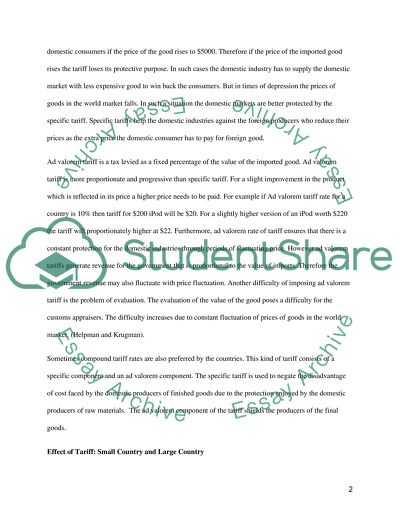Cite this document
(“International trade- tariffs Research Paper Example | Topics and Well Written Essays - 1750 words”, n.d.)
Retrieved from https://studentshare.org/family-consumer-science/1418525-international-trade-tariffs
Retrieved from https://studentshare.org/family-consumer-science/1418525-international-trade-tariffs
(International Trade- Tariffs Research Paper Example | Topics and Well Written Essays - 1750 Words)
https://studentshare.org/family-consumer-science/1418525-international-trade-tariffs.
https://studentshare.org/family-consumer-science/1418525-international-trade-tariffs.
“International Trade- Tariffs Research Paper Example | Topics and Well Written Essays - 1750 Words”, n.d. https://studentshare.org/family-consumer-science/1418525-international-trade-tariffs.


